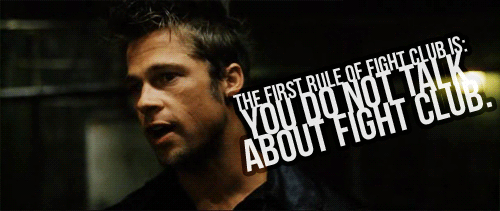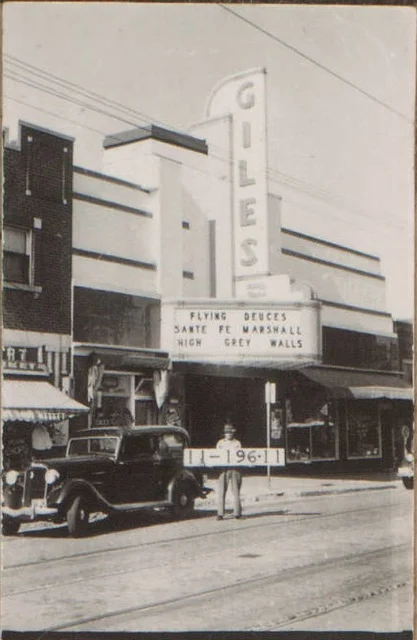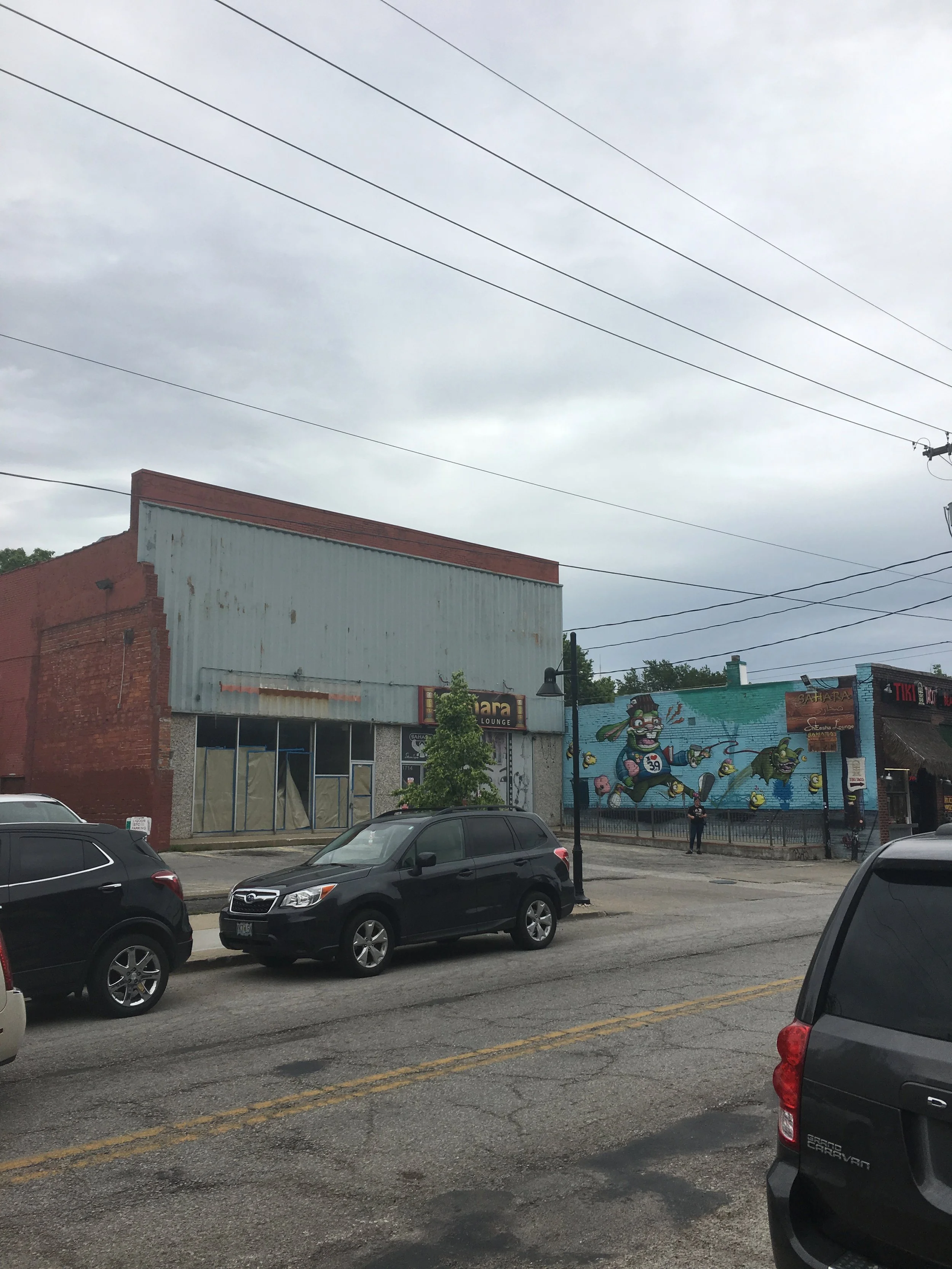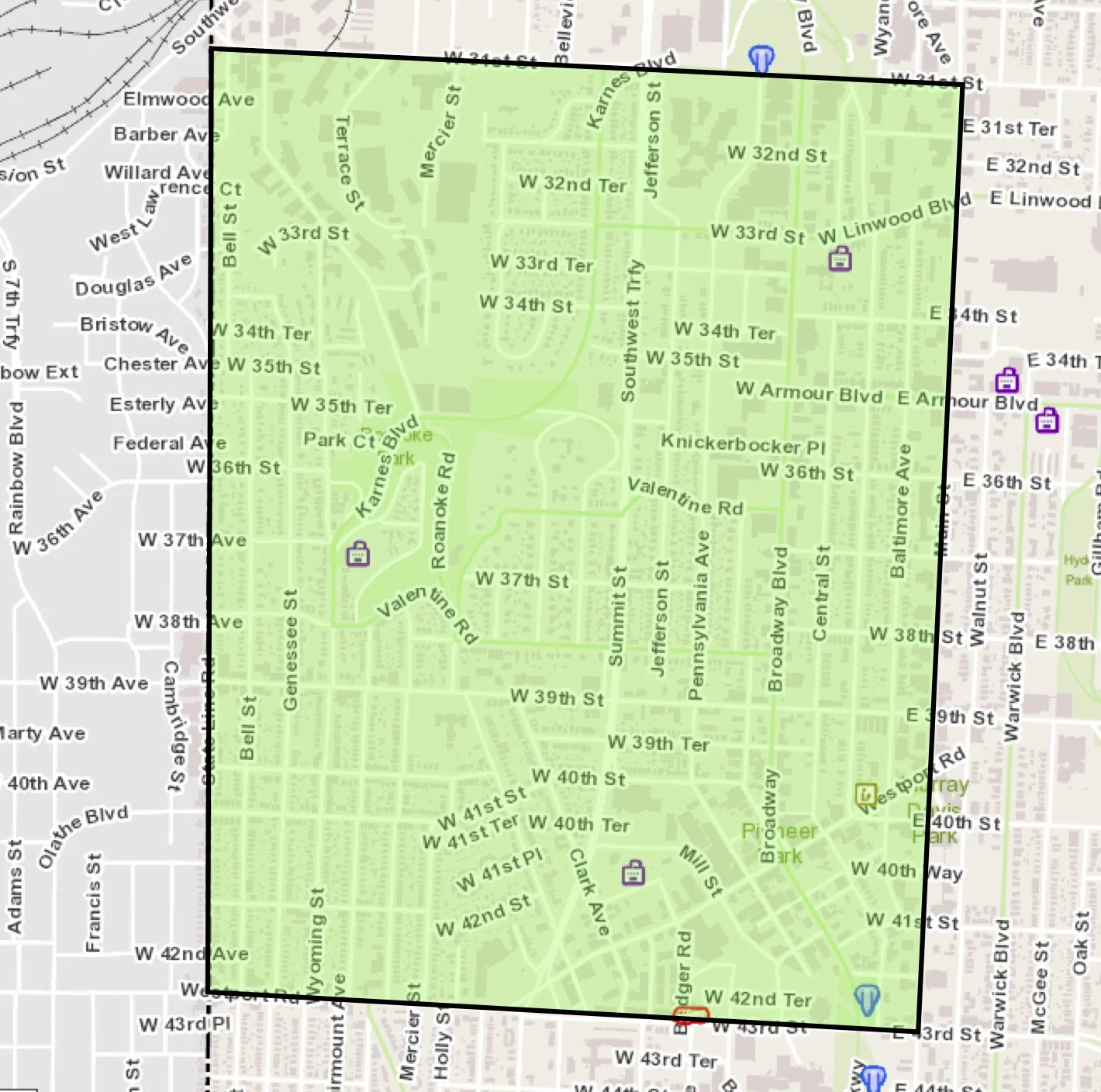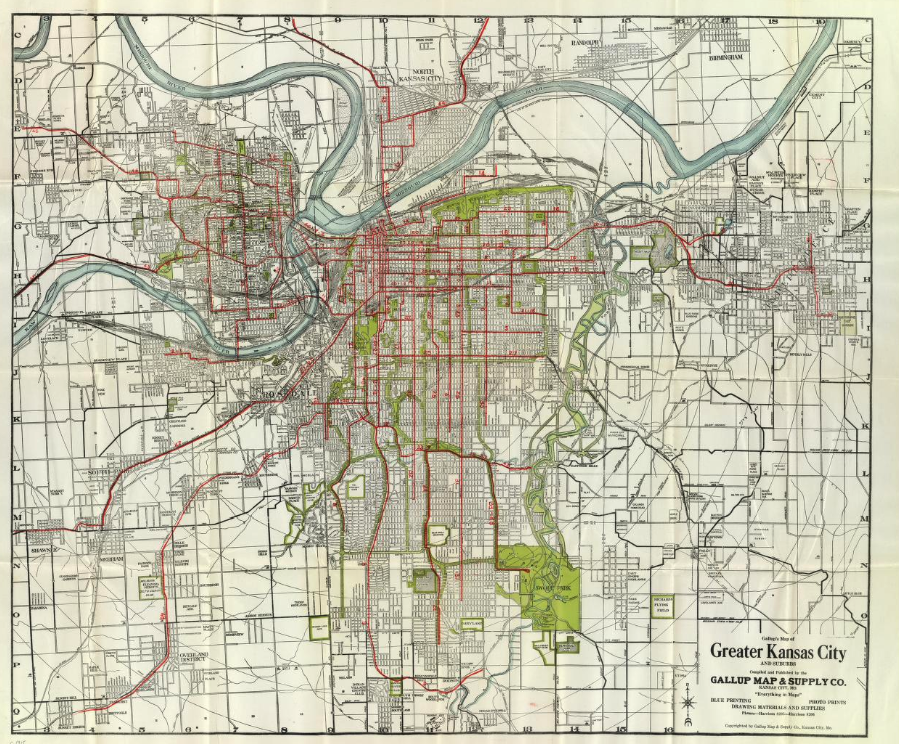I wish my neighborhood had…
Getting in touch with my inner angst
There I go violating the first rule again
The other night I did a very GenX thing, and went to see a 20th anniversary showing of the movie “Fight Club.”
Setting aside my interest in the book and the movie, it made me think a little about urban development, transportation and today’s discussions about cities. OK – I admit it, I almost can’t stop thinking about those in any context.
To see this movie, I had to drive about 8 miles north to a small, independent theater in a whole other part of the city. It’s a cool operation – I really like it – but it’s also a 15-20 minute drive from home. That’s not what I’d really prefer to do, as a guy who likes to walk to many places.
My neighborhood actually used to have a small movie theater, through much of the 20th century. The Giles Theater building is just a few blocks from my home, and is the kind of building that today would make a wonderful mom and pop operation. It could even show quirky movies from past decades to a niche audience. Sadly, the building was decapitated at some point, and the attractive art deco front was removed in favor of… you guessed it, five parking spaces.
Historic Giles Theater
Post-Decapitation. Also note the urban building to the left was removed.
But here’s the real issue. In a previous era, the neighborhood and this part of the city used to have substantially more residents. Quirky, unique places need to draw from a large population base in order to survive. The more that can walk there, the better. This particular area used to house over 23,000 people in 1950. Many more were connected easily by the city’s excellent streetcar system. Today, it’s under 10,000 in the same area. And, frequent transit is rare even in the middle of the city. It doesn’t take a PhD in Economics to surmise that the area simply can’t support the same number of small businesses as it used to.
West Midtown in KC, MO - roughly bounded by 31st Street, State Line Road, Westport Road/43rd Street and Main Street. About 1.65 square miles.
Kansas City’s streetcar system, at or near its peak
Can we ever be complete?
If you talk with neighbors or residents in many places, you often hear people say things like, “I sure wish we had (insert business or service) in our neighborhood.” For my neighborhood, I sure wish we had an affordable produce stand, a small movie theater, a few more restaurants and bars, some more doctor’s offices and a handful of the weekly or daily needs/desires we all aim to fulfill.
The catch is, most places, including mine, simply don’t have the population base to support it all. We used to. We don’t anymore. Despite all the national press regarding urban development, the truth is very, very few places have more people living in them today than in the middle of the 20th century. And most still have household incomes that under-perform their regional averages. One consequence is our businesses have to provide a lot more parking in order to survive. The catchment area for customers has to include a wide area of people driving in from many miles away.
Of course, even if we could find our way back toward the historic population level, our society presents other challenges to small, local businesses. As citizens, we’ve chosen to make it agonizingly hard to build a new commercial or mixed-use building. A new, small movie theater would likely have to meet with neighbors angry about parking, go through a long public approval process with the city and potentially hire a small army of consultants. Truth is, they won’t do it. Most small businesspeople or entrepreneurs simply don’t have the money.
On the off chance someone has the perseverance to make it through all the obstacles, they’ll have to figure out how to pass along all the additional costs. All the meetings, the consultants, the permitting fees, the green building requirements, the affordability requirements, the infrastructure improvements, the sprinkler systems – all of it costs real money and time. You may say – “hey, that’s just the cost of doing business. Deal with it.” But costs don’t just get absorbed. They get passed along to the end-users.
In this case, what you would get is what we see typically everywhere: either an upscale movie house, with $12 tickets and $8 beers, or very likely: nothing at all. This is not a healthy dynamic. We need to find a way to be more hopeful, to be more welcoming, to accept change more willingly.
The things you own, end up owning you
This isn’t to say there should be no rules, and anything goes in our neighborhoods. But it is to say we need to recalibrate our minds, our rules and our processes. Making small change, as our forefathers did for generations, shouldn’t require the approval of multiple committees, nosy neighbors and regulatory confusion. Our methods today create substantial barriers to entry, which inevitably harm the young, the future residents of a place and the less fortunate. We do a great disservice to anyone attempting to move up the economic ladder, and we make life a lot less interesting, too.
Virtually no one today seems willing to accept a little less certainty in exchange for more equity, more affordability, and more local authenticity. I get it, but it’s a shame.
I don’t know that a niche movie-house could survive today, even with double the amount of people. The movie business is very tough. It takes someone with a deep passion to even attempt it. But I do know it would have a much better chance with more people and more open-mindedness to change. I do know that people with deep passion need permissiveness to thrive, not prohibition. I do hope we can find our way to truly embrace more diversity, more quirkiness and a more live and let live attitude. I do hope one day we can reclaim those five parking spaces, too.
If you got value from this post, please consider the following:
- Sign up for my email list
- Like The Messy City Facebook Page
- Follow me on Twitter
- Invite or refer me to come speak
- Check out my urban design services page
- Tell a friend or colleague about this site


